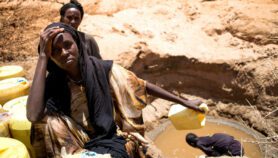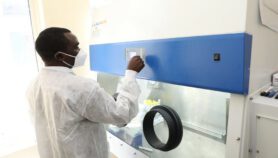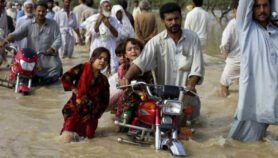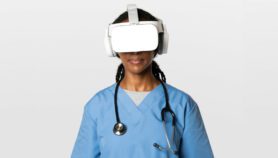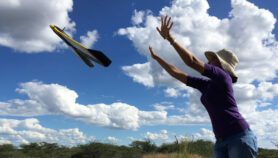By: Valeria Román and Martín De Ambrosio
Send to a friend
The details you provide on this page will not be used to send unsolicited email, and will not be sold to a 3rd party. See privacy policy.
[BUENOS AIRES] The Argentinean government has agreed to provide US$15 million in grants for new scientific equipment to replace the country's old equipment much of which is obsolete having not been replaced for decades.
Announcing the grants programme, the Argentinean president Néstor Kirchner said, "Argentina is not viable if it does not increase the investment in science research."
Almost 100 grants have been awarded to teams that conduct research in fields such as nanotechnology, molecular biology and public health, and 542 research facilities will benefit from the programme. The new equipment will be imported from Europe and the United States in December 2004, and is being funded by part of a loan to Argentina from the InterAmerican Development Bank.
Even though only 30 per cent of applications for new equipment under the new grant programme were successful, many scientists agree that it will have a significant impact on Argentina's scientific output.
"This equipment will lead to qualitative changes in our projects," says Silvia Moreno de Colonna, a researcher at Buenos Aires University, whose 22-strong research group will receive a mass spectrometer worth US$400,000.
The equipment will allow her team to identify hundreds of proteins in a day. The results could be used for research into cancer and Parkinson's and Alzheimer's diseases, as well as for agricultural applications, she says.
One of the goals of the programme is to strengthen science in the country's regions, and thus reduce the dominance of Buenos Aires in its scientific affairs.
"Argentina has great researchers who live in Córdoba, Mendoza, Santa Fe or Bariloche and they need support," says Armando Bertranou, director of the new grants programme.
Jorge Gorodner, director of the Regional Medicines Institute in Resistencia, in northern Argentina, agrees.
His group — which researches diseases of the poor such as leprosy and leishmaniasis — will receive special microscopes, portable ultrasound equipment and other instruments worth US$200,000. The equipment will assist disease diagnosis and allow researchers to analyse how environmental conditions affect human health.
"We have not had new equipment since the 1970s," says Gorodner.
Another research group led by molecular biologist Alejandro Vila in Santa Fe province, at the northeast of Argentina, is to receive special magnetic resonance equipment for use in this research on structural biology that is intended to lead to the development of new drugs.
Until now, his group has been working with magnetic resonance in other countries, as there was no other similar equipment in Argentina.
"We had to go to Brazil, Europe or the United States to develop experiments," says Vila. "This meant that our work was very slow, and we could not train new scientists."



